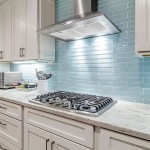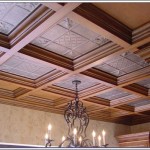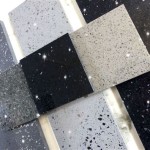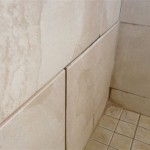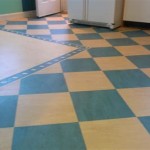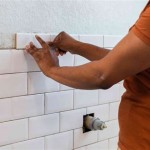Can I Use 1/4-Inch Backer Board for Floor Tile Walls?
When embarking on a tile installation project, choosing the appropriate substrate is crucial for ensuring a long-lasting and aesthetically pleasing finish. One commonly used substrate is backer board, which provides a stable and moisture-resistant base for tile. However, a common question arises: can 1/4-inch backer board be used for floor tile walls?
The suitability of 1/4-inch backer board for floor tile walls depends on several factors, including the type of tile, the wall's structural integrity, and the intended use of the space. While 1/4-inch backer board can be used in certain applications, it is generally not recommended for floor tile walls due to its limited strength and thickness.
Factors to Consider
When deciding whether 1/4-inch backer board is appropriate for your floor tile wall installation, several key factors must be considered:
1. Tile Type and Weight
The weight and size of the tile play a significant role in determining the appropriate substrate thickness. Heavy tiles, such as porcelain or ceramic, require a stronger and thicker substrate to prevent sagging or cracking. 1/4-inch backer board may not provide adequate support for these heavier tiles, especially on walls that are not perfectly plumb or level.
2. Wall Structural Integrity
The strength and stability of the underlying wall structure are equally important. If the wall is not adequately sturdy, even a thicker backer board may not provide sufficient support for tile installation. Additionally, if the wall is uneven or has a high degree of movement, it is crucial to address these issues before installing the backer board.
3. Intended Use of the Space
The intended use of the space also influences the choice of substrate. If the wall is exposed to high impact or moisture, a thicker and more durable substrate is recommended. For example, in a shower or bathroom, a thicker backer board or a combination of backer board and cement board is typically preferred.
Alternative Solutions
If 1/4-inch backer board does not meet the requirements of your floor tile wall installation, several alternative solutions are available. These include:
1.
1/2-inch or 5/8-inch backer board:
These thicker options provide greater structural support and are generally recommended for floor tile walls.2.
Cement board:
Cement board is a highly durable and moisture-resistant substrate often used for floor tile installations. It is typically thicker than backer board and offers superior strength and stability.3.
Concrete or concrete block:
In some cases, using concrete or concrete block as a substrate may be an option. However, this approach requires specialized equipment and expertise.Before making a final decision about the substrate, consult with a qualified tile installer or contractor. They can assess your situation and recommend the most appropriate solution for your specific needs.

How To Install Hardiebacker Cement Board On Floors James Hardie Pros

How To Install Cement Board The Home Depot

How To Install Cement Board On A Floor Diy Family Handyman

How To Install Cement Board In 3 Easy Ways Q1 2024 Infographic

How To Choose The Right Backer Board For Tile Blog

Tile Backerboard Material Options Fine Homebuilding

How To Install Cement Board For Tile Projects Diy Family Handyman

How To Install Cement Board The Home Depot

How To Install Cement Backer Board For Floor Tile Installation The Home Depot

Drywall To Backerboard Transition In Tiled Showers The Floor Elf
Related Posts

